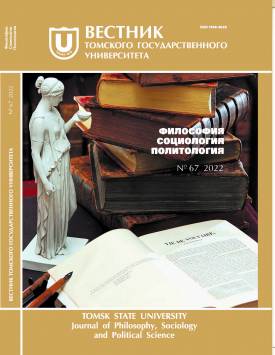Understanding as computation
Olga Kozyreva reviews approaches to the conceptualization of indexical and demonstrative expressions and suggests that we re-think the relationship between semantics and pragmatics to better comprehend referential effects peculiar to these expressions. The new division that she proposes relies on the difference between the notions of the ideal recipient and real recipients of the message. This difference seems highly problematic although her resort to the analysis of communication and language usage is on the contrary well based and suggestive. This article deals with an alternative justification of the suggested rethinking based on the computational metaphor in semantics. This metaphor depicts understanding as a computational process resulting in meaning and reference. In terms of type theory meanings are types and references are terms of these types. Language expressions are programs to be compiled and run by the recipient in order to obtain the meaning packed in them by the sender. Understanding is therefore a part of communication activity and is closely intertwined with pragmatics. This explains Kozyreva’s introducing pragmatic notions into semantics. At the same time, this leaves room for pragmatics proper if we understand it as the study of language usage other than meaning communication. The author declares no conflicts of interests.
Keywords
natural language semantics, type theory, understanding as computationAuthors
| Name | Organization | |
| Domanov Oleg A. | Institute of Philosophy and Law, Siberian Branch, Russian Academy of Sciences | domanov@philosophy.nsc.ru |
References

Understanding as computation | Tomsk State University Journal of Philosophy, Sociology and Political Science. 2022. № 67. DOI: 10.17223/1998863X/67/25
